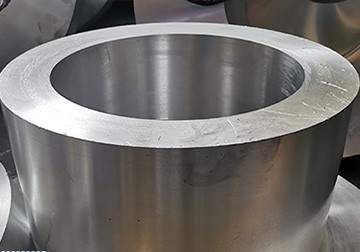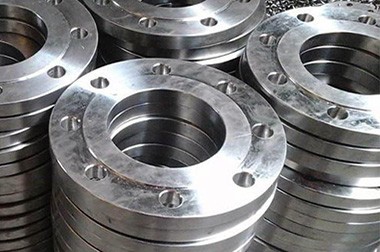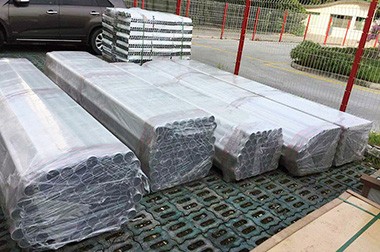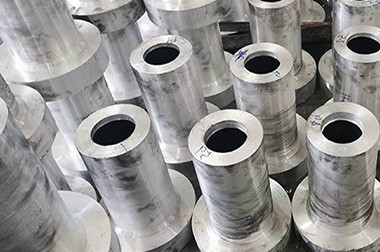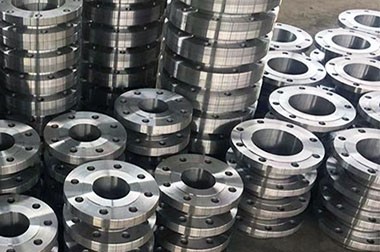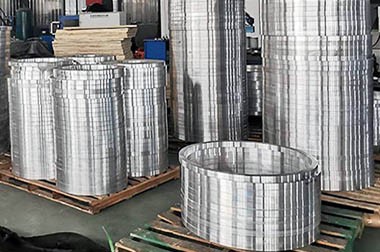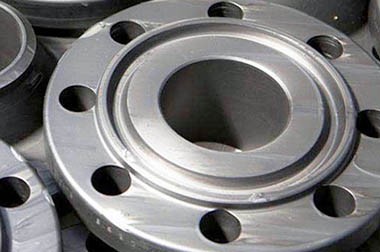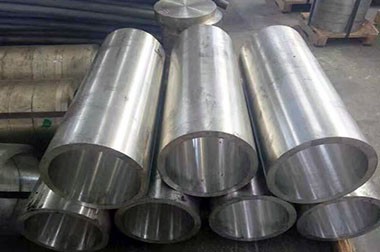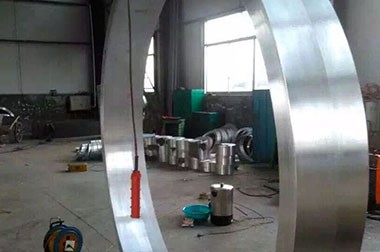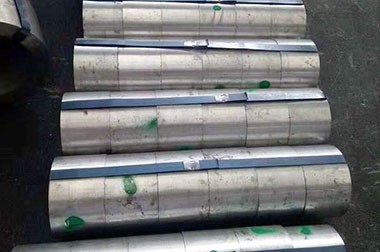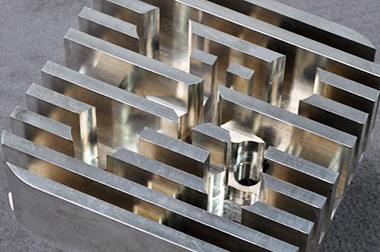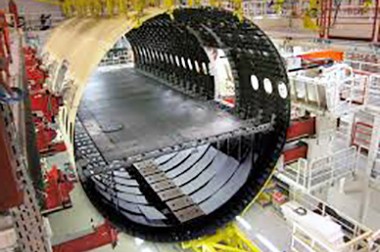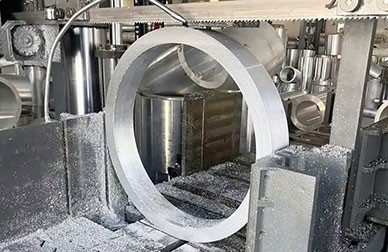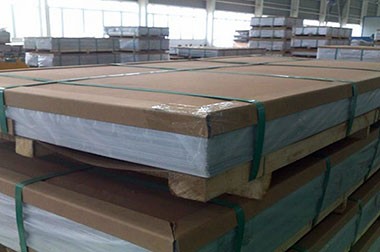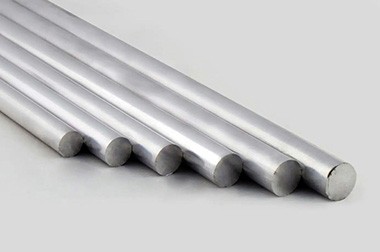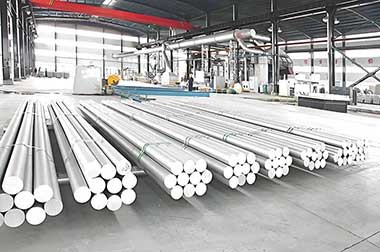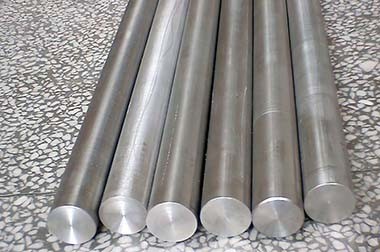2618 Aerospace Grade Aluminum Forging
2618 aerospace-grade aluminum forgings are a high-strength aluminum alloy primarily used in the aerospace and automotive industries. Its main components include aluminum, copper, magnesium, and silicon, with a particularly high copper content, which gives it excellent mechanical properties and high-temperature resistance.
2618 aluminum forgings typically require heat treatment to achieve optimal mechanical performance. Common heat treatment methods include aging and quenching.
2618 aluminum alloy is often heat-treated (such as T6 treatment) to enhance its strength and durability. After heat treatment, the material's tensile and yield strengths are significantly improved, making it perform exceptionally well under extreme conditions.
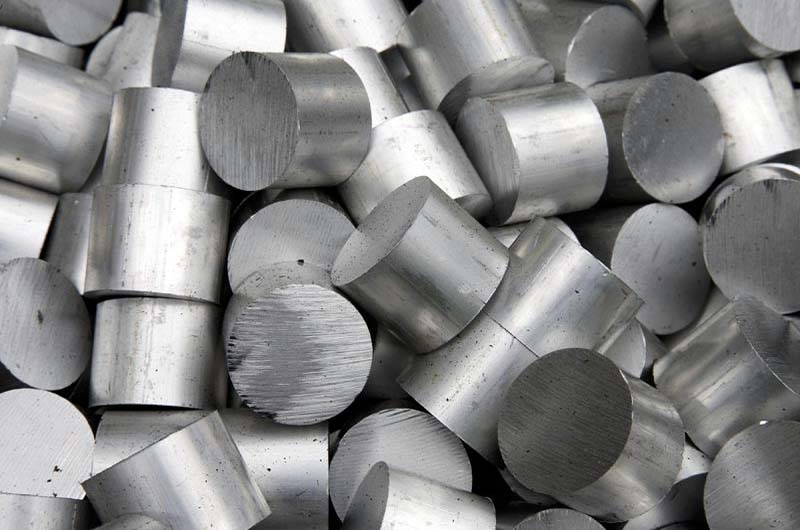
2618 aluminum forging is a specialized process that utilizes the unique composition of the alloy to produce components with excellent mechanical properties and heat resistance. The precise control of forging temperature and subsequent heat treatment processes can refine the grain structure, resulting in parts that are both durable and lightweight. This makes 2618 aluminum an important material in aerospace, automotive, and other high-performance engineering applications.
Standards: AMS 4160 (Aerospace), ASTM B247 (Forging Standards).
2618 aluminum is a precipitation-hardened alloy belonging to the 2000 series. It is known for its high strength, excellent machinability, and resistance to thermal degradation. These properties, combined with its ability to retain mechanical performance at high temperatures, make it an ideal choice for critical high-performance applications, such as aircraft engine components, structural parts, and even high-stress automotive applications.
Characteristics of 2618 Aluminum Forgings
- 1. High Strength: The 2618 alloy has an excellent strength-to-weight ratio, suitable for high-stress applications.
- 2. Heat Resistance: It maintains mechanical properties at high temperatures, making it suitable for components in high-temperature environments.
- 3. Fatigue Resistance: The 2618 aluminum alloy exhibits good fatigue performance under prolonged cyclic loads.
- 4. Machinability: It has good forging and machining properties, suitable for manufacturing complex-shaped components.
- 5. Good Weldability: Although aluminum alloys generally have poor weldability, 2618 can be welded under specific conditions, making it suitable for certain repair work.
Chemical composition of 2618A/2618 aluminum forgings
| Element | Composition(%) |
| Aluminum (Al) | 93.0-95.0 |
| Copper (Cu) | 2.20-2.80 |
| Iron (Fe) | 0.30 max |
| Magnesium (Mg) | 1.50-2.50 |
| Manganese (Mn) | 0.10 max |
| Silicon (Si) | 0.50-0.90 |
| Zinc (Zn) | 0.20 max |
| Titanium (Ti) | 0.10 max |
| Chromium (Cr) | 0.10 max |
| Other Elements | 0.05 max each, 0.15 max total |
Material properties for 2618A aluminum forging
| Material Specification | Density (g/cm3) | Melting Point (°C) | Thermal Conductivity (W/mK) | Coefficient of Thermal Expansion (10-6/K) |
| DTD 717A 2618A-T6 Forging Stock and Forgings | 2.78 | 515-635 | 127 | 23.2 |
| DTD 731B 2618 T6 Forging Stock and Forgings | 2.78 | 515-635 | 127 | 23.2 |
| AMS 4132 2618-T61 Die & Hand forgings | 2.78 | 515-635 | 127 | 23.2 |
Advantages and Limitations of 2618 Aerospace Aluminum Forging
Advantages of 2618 Aerospace Aluminum Forging
- High strength and good heat resistance
- Good machinability
- Excellent fatigue resistance
Limitations of 2618 Aerospace Aluminum Forging
- Relatively low corrosion resistance
- May require additional surface treatment in certain environments
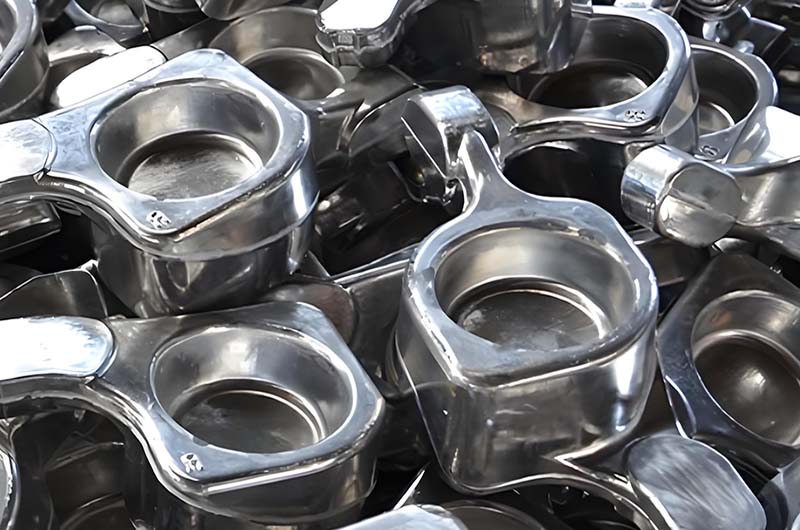
Processing Characteristics
The 2618 aluminum alloy is suitable for forging, extrusion, and machining processes. Due to its high strength and toughness, it is commonly used to manufacture structural components that withstand high loads.
Application of 2618A T6/T61/T651 Aerospace Aluminum Forgings
Engine Components
2618 aluminum forgings are often used to manufacture key components of aircraft engines, such as turbine housings and engine mounts, due to their high strength and high-temperature performance.
Structural Components
2618 plates or forgings are used in the structural frames and support components of aircraft, providing excellent strength and rigidity while reducing overall weight.
Fuel Tanks
Welded parts made from 2618 aluminum alloy are suitable for aircraft fuel tanks due to their corrosion resistance, ensuring safety and stability during long-term storage and transportation.
High Load Components
Complex-shaped 2618 forgings are suitable for components that bear high loads and impacts, such as wing fittings and landing gear parts, ensuring reliability under extreme conditions.
Heat Exchangers
2618 forged plates or tubes are used in aerospace heat exchange systems, where the thermal conductivity of 2618 aluminum alloy helps improve system efficiency.
Popular Aerospace Aluminum Forgings from Haomei
Haomei Aluminum offers alloys including 2014, 2024, 2124, 2219, 2618, 2619, 3003, 5083, 6061, 7049, 7050, 7075, 7079, 7149, 7150, and 7175 temper alloys, available upon request, complying with all AMS, ASTM, Boeing commercial, and Boeing military specifications.
| TYPE | SPECIFICATIONS |
| 2014 | AMS4133, 4134, 4314, AMS-A-22771 |
| 2024 | AMS-QQ-A-367 |
| 2219 | AMS4143, 4144, AMS-QQ-A-367, AMS-A-22771 |
| 2618 | AMS4132, AMS-QQ-A-367, AMS-A-22771 |
| 6061 | AMS4127, 4146, AMS-QQ-A-367, AMS-A-22771 |
| 7049 | AMS4111, AMS-QQ-A-367, AMS-A-22771 |
| 7050 | AMS4107, 4108, AMS-A-22771 |
| 7075 | AMS4126, 4131, 4141, 4147, AMS-QQ-A-367 |
| 7079 | AMS-QQ-A-367 |
| 7150 | AMS-A-22771 |
| 7175 | AMS4148, 4149, 4179, AMS-A-22771 |
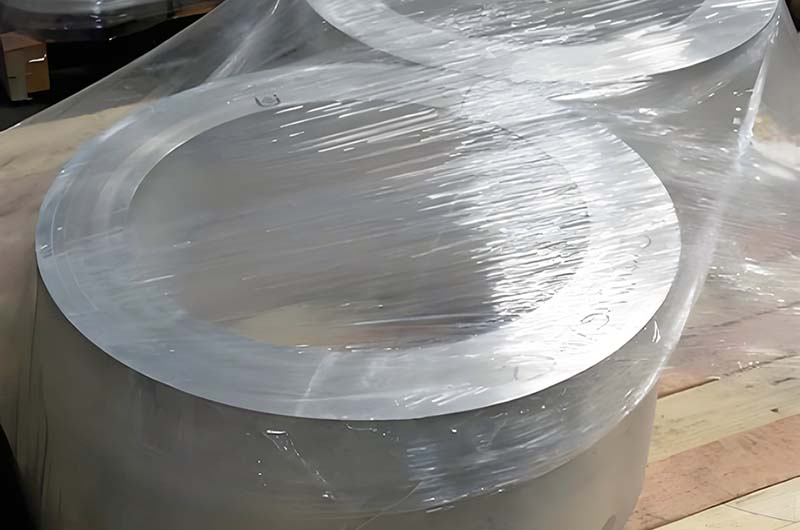
2618 Aluminum Forging Process
2618 Aluminum Forging Temperature:
2618 aluminum is typically forged within a temperature range of approximately 372°C to 522°C (700°F to 970°F). Forging at these temperatures helps to ensure proper material flow and refinement of its grain structure to enhance strength and toughness.
2618 Aluminum Forging Methods:
- Closed-die forging: Used for complex near-net-shape parts (e.g., pistons, turbine blades).
- Open-die forging: Suitable for larger, simpler shapes such as billets or bars.
2618 Aluminum Post-Forging Heat Treatment:
- Solution heat treatment: Heated to approximately 530°C (986°F), then quenched.
- Aging (T6 condition): Artificial aging at approximately 190–210°C (374–410°F) to peak hardness.
2618 Aluminum Forging vs. Competitor Alloys
Compared to 6061/7075: Higher high-temperature strength, but lower corrosion resistance.
2618 aluminum forging offers superior high-temperature strength compared to both 6061 and 7075 aluminum forgings, making it ideal for extreme heat environments. However, it sacrifices some corrosion resistance, with 7075 being the more corrosion-resistant alloy, particularly in marine and industrial applications.
Below is a comparison table between 2618 aluminum forging and 6061/7075 aluminum forgings:
| Characteristics | 2618 Aluminum Forging | 6061 Aluminum Forging | 7075 Aluminum Forging |
| High-Temperature Strength | High, suitable for high-temperature environments such as jet engines | Low, suitable for standard temperature applications | Moderate, suitable for high-strength requirements but not very high-temperature environments |
| Corrosion Resistance | Poor, less suitable for marine or corrosive environments | Excellent, highly resistant to corrosion, suitable for marine and industrial environments | Good, suitable for use in harsh environments |

